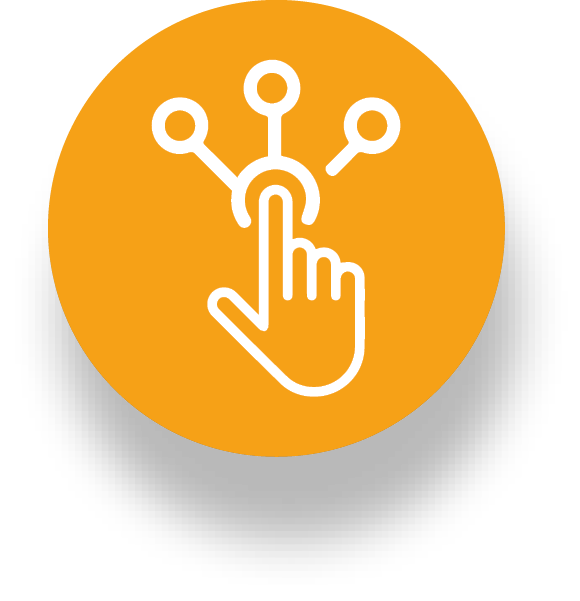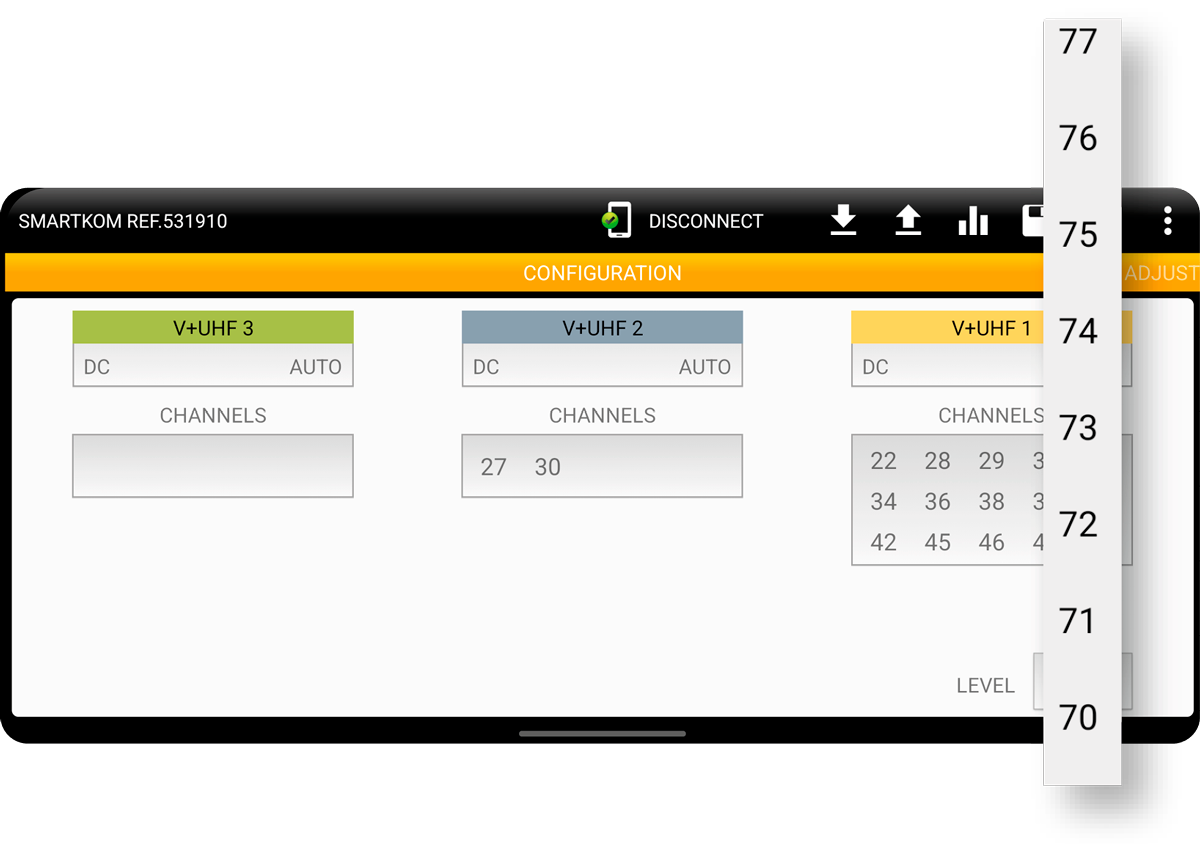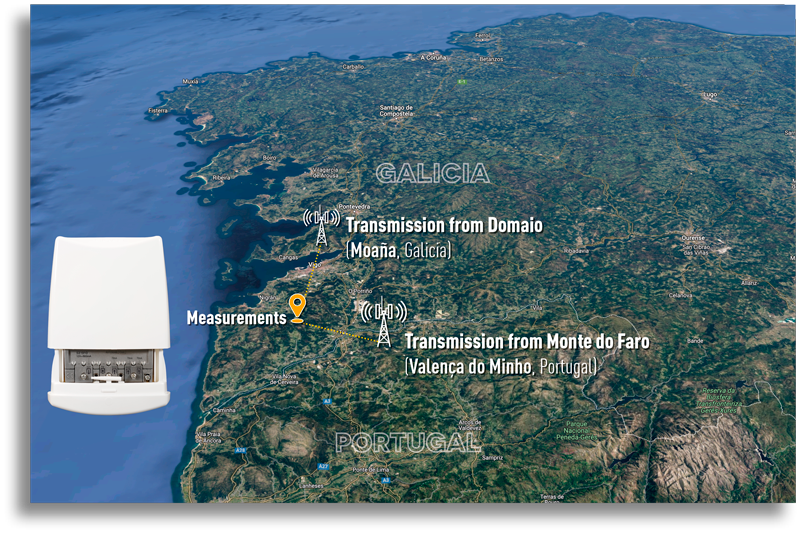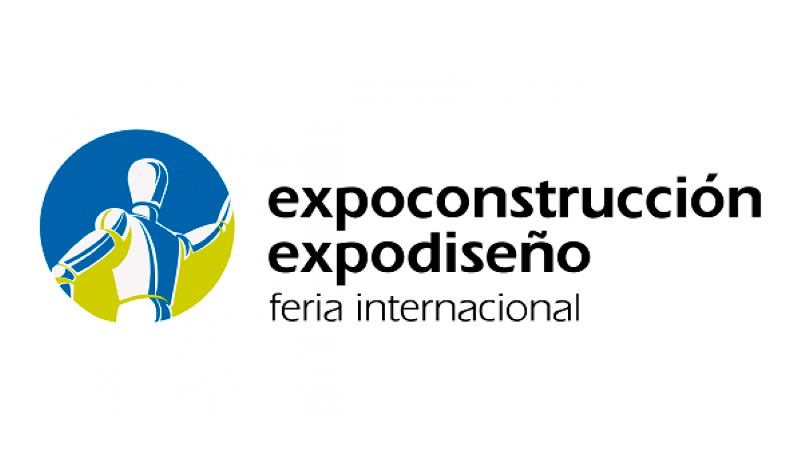Documentation
Complete and updated service and product documentation available for viewing and download. Select a category to begin your search.
InfoTeleves 67 (June)
- General Information: The PERTE Chip program is improving industrial capabilities in Europe’s battle for technological sovereignty
- Our people: Alejandro González Crespo - Product Development Engineer
- Televes Corporation: Gamelsa optimizes its strategy through industrial investment
- Product news: New OLT developed specifically for the hospitality sector
- Ideas: How to balance TV signals from two antennas directly on the mast
- FAQs: Should you install Class I or Class II light fixtures?
- Televes facilities: Hotel Cervo Costa Smeralda Resort (Tàttari, Sardinia - Italy)
- Televes in the world: AOTEC, FEINDEF, NAB Show, Evolving Connectivity, Salzburg Congress ...
- Training: How to use the ASuite app to configure the SmartKom amplifier
- Announcement: OVERLIGHT - Enhanced electronics and optical engineering to light up your TV
General Information
The PERTE Chip program is improving industrial capabilities in Europe’s battle for technological sovereignty
The importance of technological sovereignty for Europe became clear during the COVID-19 pandemic, when significant supply chain problems made it difficult to obtain microelectronic components from Asia. The PERTE Chip project is one of the Spanish government’s Strategic Projects for Economic Recovery and Transformation (PERTEs) and is aimed at driving development of the semiconductor industry in Spain. It is now benefiting from an investment of €12 billion for the 2021-2023 period, and it includes participation by Spanish and foreign companies in collaboration with universities and research institutes.
One of the goals of the PERTE Chip program is to expand research and development efforts related to semiconductors by creating an innovation and startup ecosystem in this area, training specialized talent, and attracting foreign investment. There are also plans for building a semiconductor production facility in Spain, and although this is no easy task, it will allow companies to produce next-generation chips and electronic components there.
In relation to this subject, two companies from the Televes Corporation have spent years establishing their leading-edge positions. Since 2010, we have been working on the designs and backend processes required for developing semiconductor circuits, and in 2020, we created Maxwell Applied Tech, a company specialized in designing customized microchips for radio frequency applications, using gallium arsenide and gallium nitride as a substitute for the traditional silicon. In addition, at its facilities and Santiago de Compostela, Spain, Televes has already developed the assembly process for those monolithic microwave integrated circuit (MMIC) components.
Jaime Martorell, a special delegate for the Microelectronics and Semiconductors PERTE, recently made a visit to the Televes Corporation to learn more about its lines of activity involving microelectronics and semiconductors. He gave a positive assessment of the activities we have established there for designing and assembling semiconductors, including our customized solutions that can offer significant competitive advantages. The plan developed by Televes will ensure that our facilities, machinery, and manufacturing processes remain up-to-date and can always comply with the market's existing demands, while also allowing us to develop new technological and industrial capabilities.
Participation in the PERTE Chip program will also make it possible for Maxwell Applied Tech and Televes to attract and retain the industry’s best talent, while contributing to the country’s overall development and enhancement plan. When designing solutions and assembly processes, additional challenges are presented by the race for miniaturization and the need for integration and use of increasingly high-frequency bands. Televes Corporation is ready to take on these challenges and contribute to advancement of the semiconductor industry in Spain and Europe.
Participation in the PERTE Chip program will make it possible for Maxwell Applied Tech and Televes to attract and retain the industry’s best talent.
Our people
Alejandro González Crespo - Product Development Engineer
It’s really hard to compete against the products coming from Asia. This creates a need for us to develop unique characteristics for our products, to help them stand out against the competition
Thanks to the talents of its product design and development engineers, and the quality of its manufacturing processes, Televes has become established as a technological leader in the field of television service distribution. In this edition, we will learn more about one Product Development Engineer’s views on this subject.
How would you describe your work at Televes?
I work on developing the electronics for products used to distribute SMATV signals (multi-switches, splitters, sockets, etc.), and I am also involved in updating the designs for these components to optimize production costs. My decisions often revolve around saving just a few cents, because this will have an impact on the final price.
How long have you been with the company? How would you describe your career so far?
In the early 1990s, when private channels first appeared in Spain, the company had a need to hire more professionals. I started off working with weather resistance testing and product validation. Since then, my career path has been very diverse and marked by constant challenges, which has always enhanced my motivation.
What is the most satisfying part of your job?
Collaborating with my colleagues from different areas and departments, so we can all work together to launch a competitive product on the market. Gaining their confidence, and knowing that I can rely upon the people around me, creates a form of mutual trust that is very important for me. I also find it very gratifying to acquire new experiences and skills, so I can do my work a little better each day.
What about the most difficult part?
It’s really hard to compete against the products coming from Asia. We need to develop unique characteristics for our products to help them stand out against the competition. We also have the additional difficulty of satisfying the needs of markets that are very diverse in terms of both technology and culture to ensure that our products will be selected for new installations.
In your opinion, what are the company’s core values?
Remaining dynamic and adapted to the latest technological changes, with the strength to thrive in a constantly evolving environment. At the personal level, I would emphasize the courtesy and respect we receive from our most senior colleagues.
Televes Corporation
Gamelsa optimizes its strategy through industrial investment
Gamelsa, which is the Televes Corporation company specialized in design and fabrication of metal structures, has invested 40% of its annual revenue for 2022 in metal cutting and folding machinery to increase the production capacity and efficiency of its processes for fabricating metal structures. This will also ensure that the company can meet the quality standards imposed by its customers in highly professional industries such as railroads, shipbuilding, automotive, industrial production, renewable energies, and urban furniture.
This is why Gamelsa has decided to take a significant step forward at the strategic level, to focus on its innovative and highly specialized positioning and remain on the technological leading edge. In addition to investing in advanced technology, the company has expanded its highly qualified technical sales team, which works together with the engineering department to optimize customer designs and adapt them to its production processes in the most efficient way possible.
With this new industrial investment, Gamelsa is entering into a new business era, sharpening its strategic focus and doubling down on its commitment to quality, efficiency, and customer service in highly specialized industries. All of this is making the company stronger and allowing it to emerge as a technological leader for manufacturing metal structures, offering innovative solutions characterized by maximum quality and reliability.
www.gamelsa.comDefending the radio spectrum: the importance for broadcasting
The organization known as the Wider Spectrum Group has submitted a request to the European Commission, the European Council, and European Conference of Postal and Telecommunications Administrations (CEPT), asking them to maintain the current assignment of the UHF band by supporting "No Change" at WRC-23. The current assignment of frequencies is essential for European content creation and distribution through radio broadcasting and PMSE, and making changes would cause immediate harm as well as long-term implications for investment and innovation in the industry, a negative impact on universal access to terrestrial TV and broadcasting of live events such as concerts, and obvious implications for the associated jobs.
While acknowledging the value of the opinion expressed by the Radio Spectrum Policy Group (RSPG), in order to reach a compromise with the minority countries from Region 1 that are insisting upon a regulatory change, the Wider Spectrum Group is asking the European Commission to submit a proposal to the Council opposing co-primary assignment and supporting "No Change" for UHF band assignment at WRC-23.
The organization has also requested neutral wording for agenda items at WRC-31 that affect the European 470-694 MHz cultural band, with that wording modified to include the possibility of reviewing the spectrum’s use and service needs existing for the 470-960 MHz frequency band in Region 1, and the possibility for regulatory actions regarding the 470-694 MHz frequency band based on that review.
The Wider Spectrum Group is therefore repeating its efforts to obtain a firm position from the EU against co-primary assignment to mobile services, and in favor of "No Change" in assignment of the UHF band at WRC-23. This is based on the critical importance of that assignment for European content and for freedom of expression and pluralism through regulated communication media.
Product news
New OLT developed specifically for the hospitality sector
This high-performance GPON headend has been designed to give hotel guests a superior technological experience
The concept of the connected hotel is increasing demand for bandwidth exponentially, which requires increasing use of next-generation technologies and devices. This makes it essential to install infrastructure elements that can support these new developments.
Our new OLT512EVO headend was designed with the goal of providing hospitality services adapted to the actual needs of the hotel industry.
We have created this headend that can quickly and easily concentrate a higher number of entertainment services in a single optical fiber infrastructure, while also offering better control over the GPON network.
Unlike other OLT devices on the market, which are typically operator oriented, the OLT512EVO is able to provide up to 16 services per ONT. This lets hotel owners offer their guests a larger number of communication and entertainment options, as a way to improve the customer experience.
The OLT512EVO provides hotels with maximum value in other ways too. Thanks to its powerful hardware and software capabilities, this headend can achieve the best results even in the most demanding scenarios:

Simplicity when installing and setting up services: bulk monitoring and configuration is possible for the system’s ONTs, while also allowing exchanges among the various PONs for improved operational flexibility.

Energy efficiency and avoidance of malfunctions: this product has advanced energy management and saving systems, along with redundancy in the form or two built-in, hot-swappable power supplies to protect against any loss of power.

Intuitive configuration: it is very easy to manage a network’s elements by using this product’s simple and intuitive web interface, which also provides detailed operational status information at all times.

Reduced costs for associated equipment: the device has a complete set of hardware components that reduce the need to spend more on external equipment such as SFP devices, power supplies, or routers.
All of these advantages make this headend an ideal choice for hotels, for installing and maintaining a robust, high-capacity GPON network with ultra-fast speeds in every room and space.
Ideas
How to balance TV signals from two antennas directly on the mast
When signals are received from two antennas, there are many devices that can be installed on the mast to combine or amplify those signals. However, only our SmartKom amplifier can perform effective balancing too. By using its automatic adjustment button, the SmartKom achieves perfect balancing thanks to individual processing of each channel.
This type of balancing is not possible when using a mast amplifier with various inputs, because its broadband operation does not allow it to compensate for level differences in the channels being received by the antennas.
The SmartKom amplifier also has another advantage: Although its automatic search button can be used to find the channels, the user can also fine-tune that automatic search by removing other (usually spurious) channels received at the antenna pointing directions, which may reach the level threshold but often without achieving the quality threshold. The SmartKom app can therefore be used to differentiate desired and undesired channels for distribution.
FAQs
Should you install Class I or Class II light fixtures?
These classifications are based on the systems used to protect against electrical shocks. Depending on the class, different measures are used to prevent exposure to hazardous voltage levels in parts accessible to users. Class I light fixtures use basic insulation between the accessible parts and the conductor elements, and they must also have a protective grounding connection to reduce the risk of electric shock. In contrast, Class II light fixtures include not only basic insulation to protect against electric shocks, they also have double insulation between the accessible parts and conductor elements. This allows these product to ensure safety without depending upon a protective grounding connection or the installation conditions. There tends to be a certain amount of controversy about whether to use Class I or Class II light fixtures. Class II light fixtures are safer than Class I, because their safety does not depend upon their installation location. This is of major importance for older installations, or those where the grounding connections, cables, etc. will not be completely renovated. It must be remembered, however, that if the grounding systems are in good condition and comply with the levels required by the regulations, Class I equipment has an excellent level of protection, not just in terms of electrical safety, but also by offering increased protection against overvoltages in the electrical line while helping to dissipate voltage spikes. In summary, Class II light fixtures can be recommended for installations that have not been entirely renovated, with Class I only recommended for entirely renovated installations.
Televes facilities
Hotel Cervo Costa Smeralda Resort (Tàttari, Sardinia - Italy)
The Hotel Cervo Costa Smeralda Resort in Italy, which is part of the Sheraton chain, has relied on GPON technology from Televes to meet its needs for services. This spectacular hotel is characterized by its pink stone architecture and pastel tones, with views over the elegant Porto Cervo plaza and the exclusive yacht harbor.
Hotel Cervo recently decided to create a network infrastructure plan based on GPON technology, using Televes products. The Italian company EL.SA. TLC, a systems integrator specializing in the hospitality sector, was an essential collaborator for installation and setup. Hotel Cervo has now installed a complete Televes GPON system in its 95 rooms and in its common areas, with 120 ONTs. This network is able to integrate all services for data/Internet, VoIP, and satellite TV using RF overlay solutions.
Televes in the world
AOTEC, FEINDEF, NAB Show, Evolving Connectivity, Salzburg Congress ...
AOTEC (Alacant, Spain) May 18-19
Televes launches its Optical Transmission business area on the market, to offer solutions, equipment, and technical services for high-capacity, low-latency optical fiber networks, for operators with core and backbone infrastructure, DCI applications, and last-mile connectivity.
FEINDEF (Madrid, Spain) May 19-21
This is an event focused on military technologies, where Maxwell showcased the capabilities of the Televes Corporation companies in relation to design and assembly of microelectronic components, and for offering integrated product development engineering solutions for high-tech military and aerospace applications.
NAB Show (Las Vegas, USA) April 13-18
Televes Corporation was represented at this event by Televes, TRedess, and Gsertel, which presented concepts, products, and solutions for professionals and consumers in their various market niches, highlighting the significant advances made over the course of the last year.
Evolving Connectivity, CAI (Birmingham, United Kingdom) March 23
Our UK subsidiary once again had a stand at this event, where it emphasized optical fiber networks, hospitality solutions, complete DataCom equipment, the challenges presented by Sky Q and, of course, the latest product developments for high-quality TV distribution.
Salzburg Congress (Salzburg, Austria) March 26-29
Televes Germany made use of its large stand at this event to strengthen its presence in the professional LED lighting market, showcasing the advantages of the technical polymers used in our CIES streetlights.
Eltefa (Stuttgart, Germany) March 28-30
Our colleagues from the German subsidiary presented Televes as a manufacturer and supplier for integrated network solutions in the hospitality sector, as well as for professional indoor and outdoor LED lighting.
ExpoConstrucción y Expodiseño (Bogotá, Colombia) May 29 to June 3
Training
How to use the ASuite app to configure the SmartKom amplifier
Manual selection of filtering, output level, and equalization
Manual selection of filtering, output level, and equalization
With automatic configuration, pressing just one button will enable the SmartKom to detect the channels and assign the filters and output levels to them. It also manages the antenna’s powering if necessary to increase the output level to the maximum possible. Although these are very practical and useful automatic features, professionals with advanced know-how usually prefer to perform configuration using the ASuite app, which lets them manually select the filters, channels, and output levels, optimizing the output signal.
This manual configuration requires the ASuite app to be installed on an Android or iOS mobile device with Bluetooth.
The app is started up on that device and then connected to the SmartKom amplifier by pressing the “Connect” button. Next, clicking on the “Import” option, represented by a down arrow icon, recovers the self-configuration settings saved on the SmartKom device. The user can then manually edit the configuration parameters:

Selecting the filters
There may be cases where one or more undesired channels from another repeater were added during the initial automatic configuration, or it may be possible to receive certain channels with better quality through another UHF input using another antenna, or the user may simply want to add or remove distribution of a specific channel.
All of this can be done by modifying the filter assignments, clicking on the channels table for each UHF input and then deselecting the unwanted channels.

To add a channel that is being received better through another input, or even a channel generated by a modulator, the user simply has to click on the channels table for that UHF input, then select the new channels to be added.
Powering through the cable can be activated by clicking on the DC option from the table for each input. The following power options are available: force sending to 12V, automatic management, or deactivate.

Managing the output level
Depending on the installation situation, it may be necessary to change the output level. This is done by clicking on the “Level” button, then selecting one of the available values.
The maximum output level that can be selected for the SmartKom is 85dBµV.
Adjusting the equalization
Properly adjusting an installation usually requires adjusting the equalization for the channels and compensating for the attenuation differences that can affect channels at different frequencies. On the adjustment screen, the channels are represented visually and the user can adjust their levels using the arrows appearing over each of them.

Finalizing and sending the configuration
After all desired changes and adjustments have been made, the configuration must be sent to the SmartKom. This is done by clicking on the “Send” button, which is represented by an up arrow icon. We also recommend always saving the configuration on the mobile device, by clicking on the floppy disk icon. This helps the user save lots of time later by easily recovering the configuration to reuse on other SmartKom devices in the zone, simply by clicking on the file folder icon.


Announcement
OVERLIGHT - Enhanced electronics and optical engineering to light up your TV


















